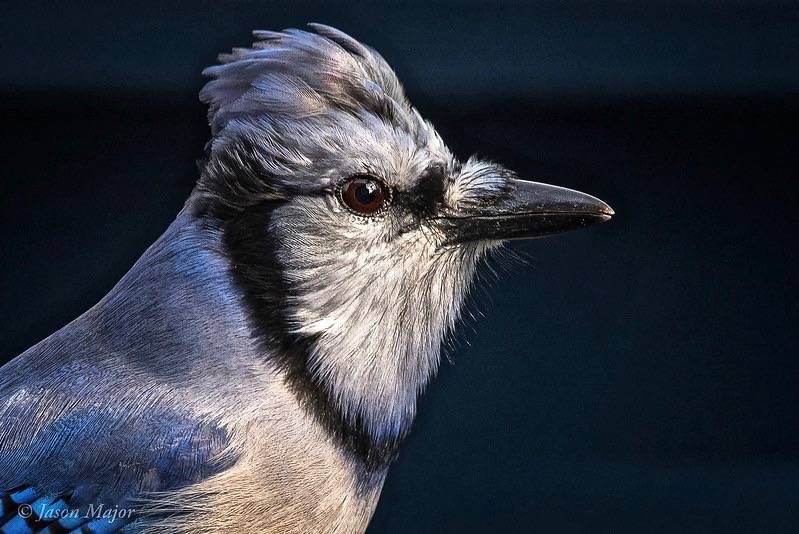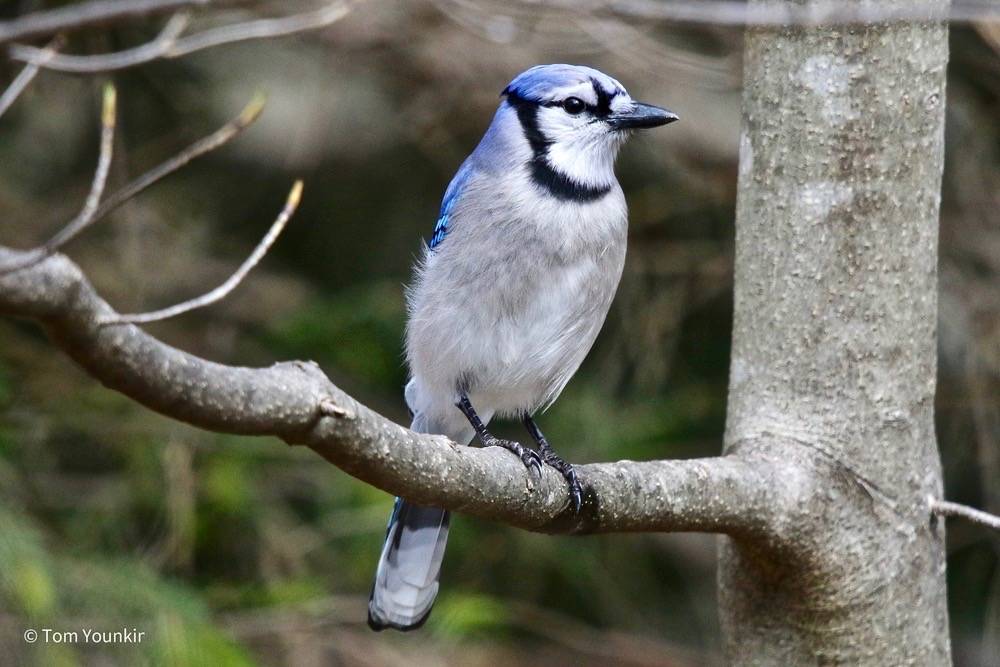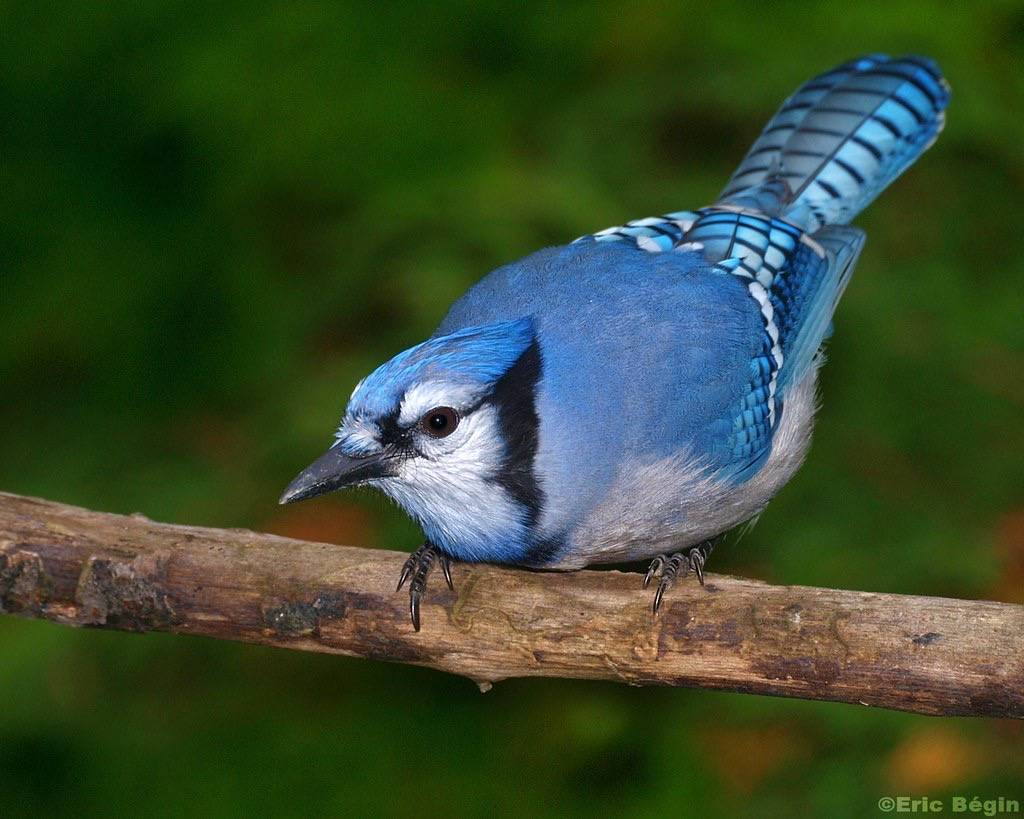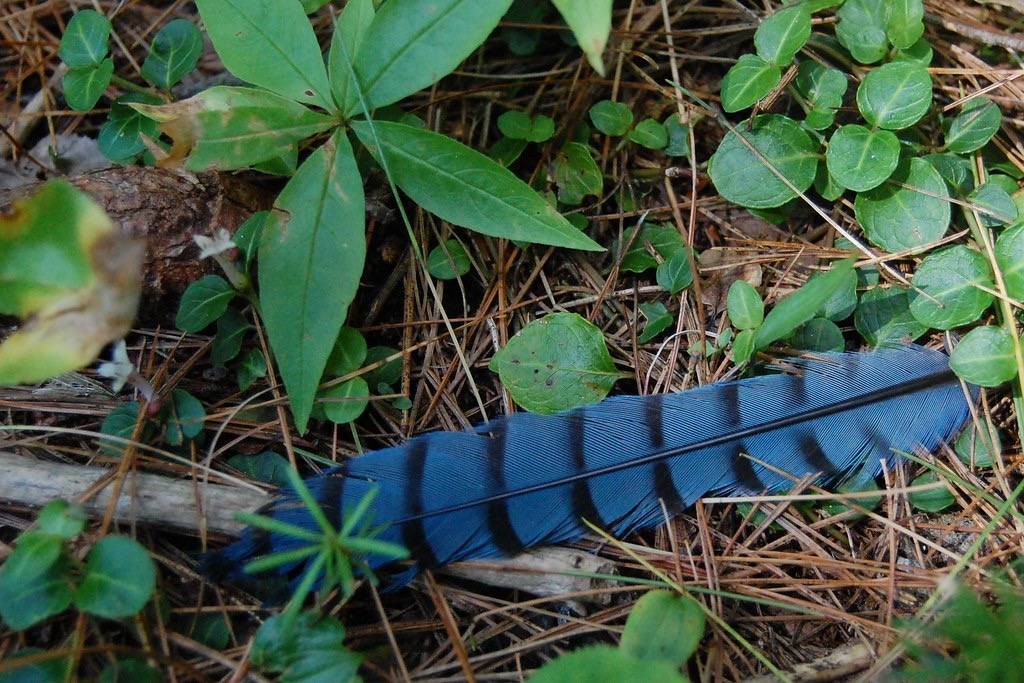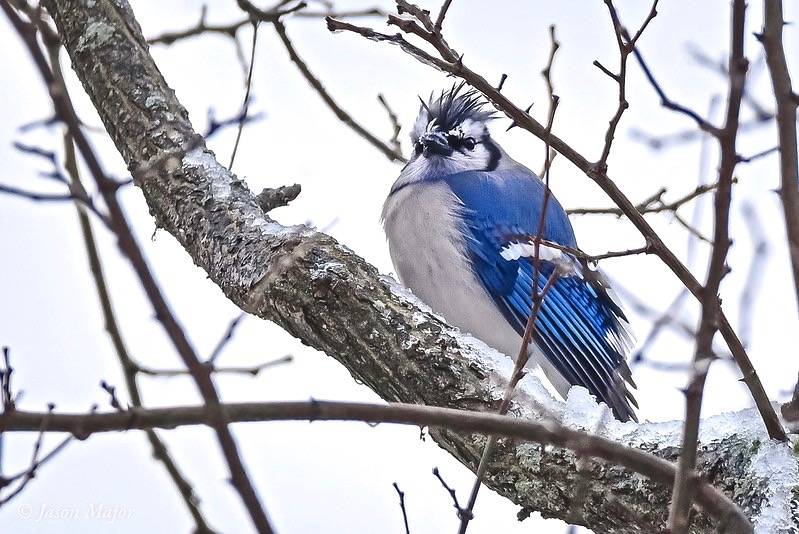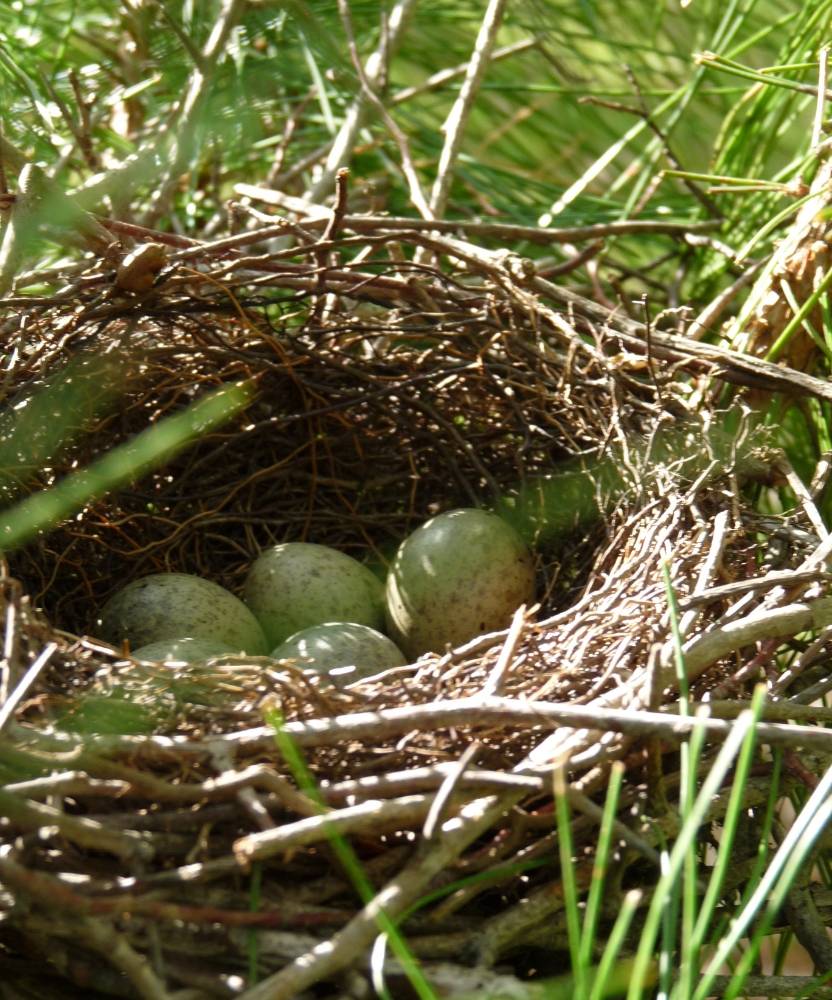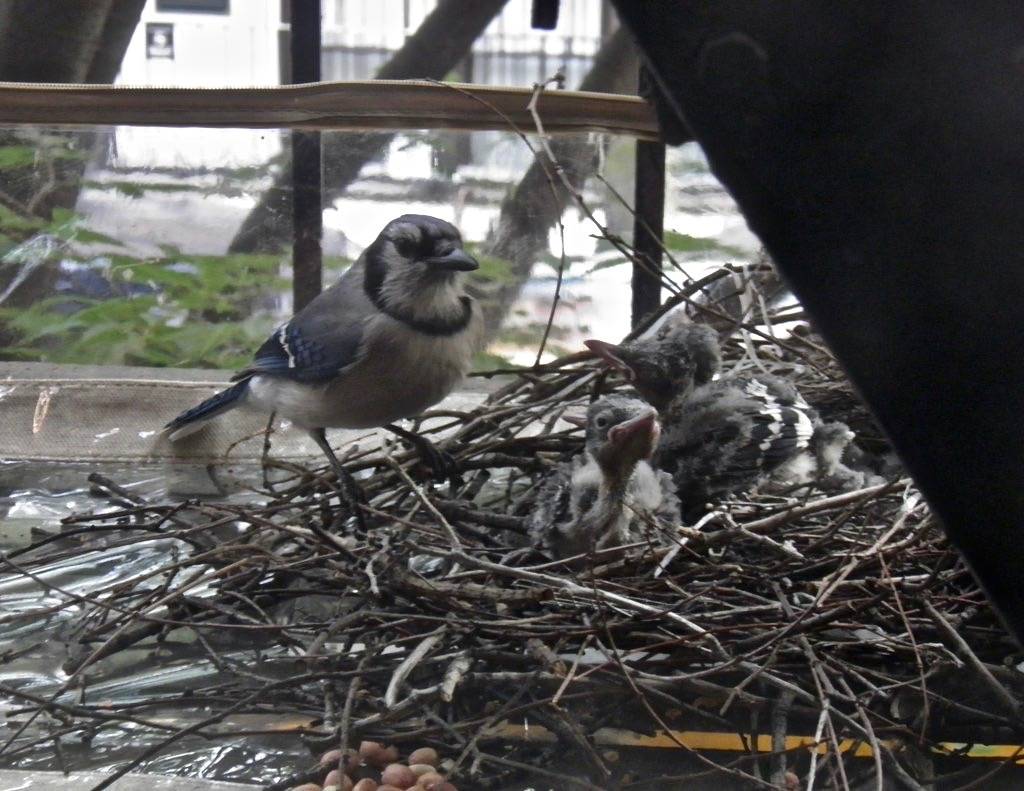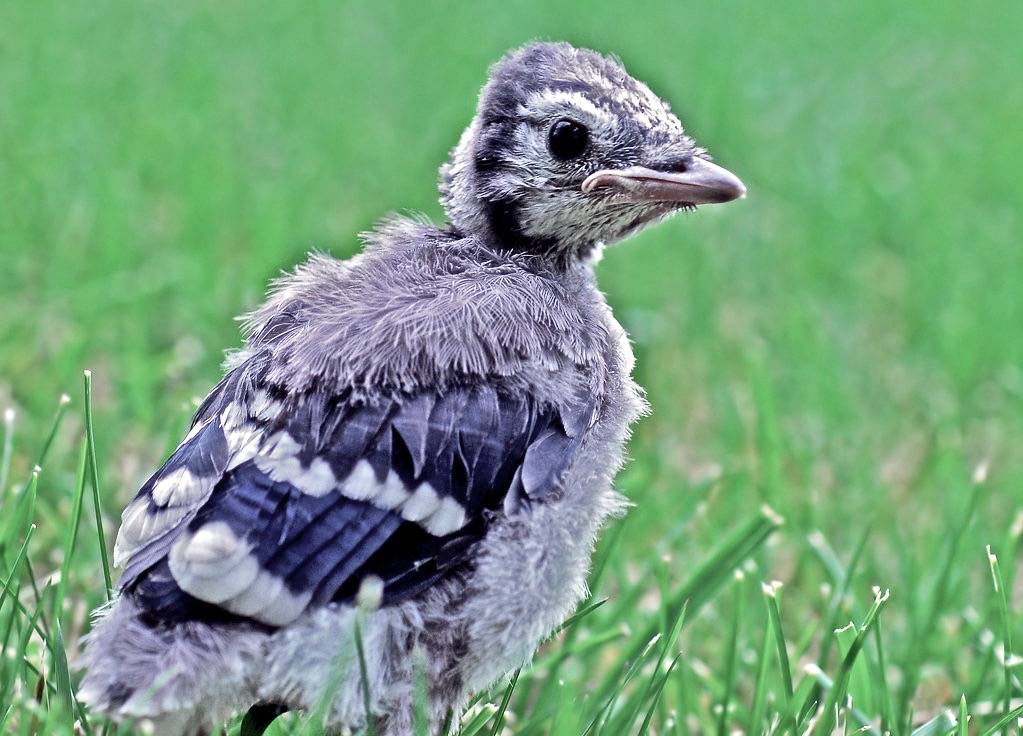Blue Jay
Despite its striking plumage the Blue Jay is surprisingly inconspicuous as it forages in the foliage of trees and shrubs. However, its repertoire of calls and songs reveals its presence throughout the woody upland area of Salter Grove.
Slightly larger than the American Robin, the Blue Jay is native to eastern North America and would be considered amazingly beautiful if it were not so common. It was initially a forest bird that has adapted well to living in towns and cities with groves of trees.
Its diet includes a great variety of plant matter such as acorns, berries, grains, and seeds. It will also feed on animal matter including insects such as beetles, caterpillars, grasshoppers, the eggs and the young of smaller birds, frogs, and rodents. Bird feeders at houses around the park no doubt also contribute greatly to its winter diet.
It is hard to believe that the colorful Blue Jay is in the same family as the uniformly black American Crow, Fish Crow and Common Raven. However, it does produce similarly raucous calls. Like these other corvids, the Blue Jay is considered intelligent. Jays in captivity have been observed to use strips of paper as tools to get food, but tool-use has not yet been documented in wild birds.

